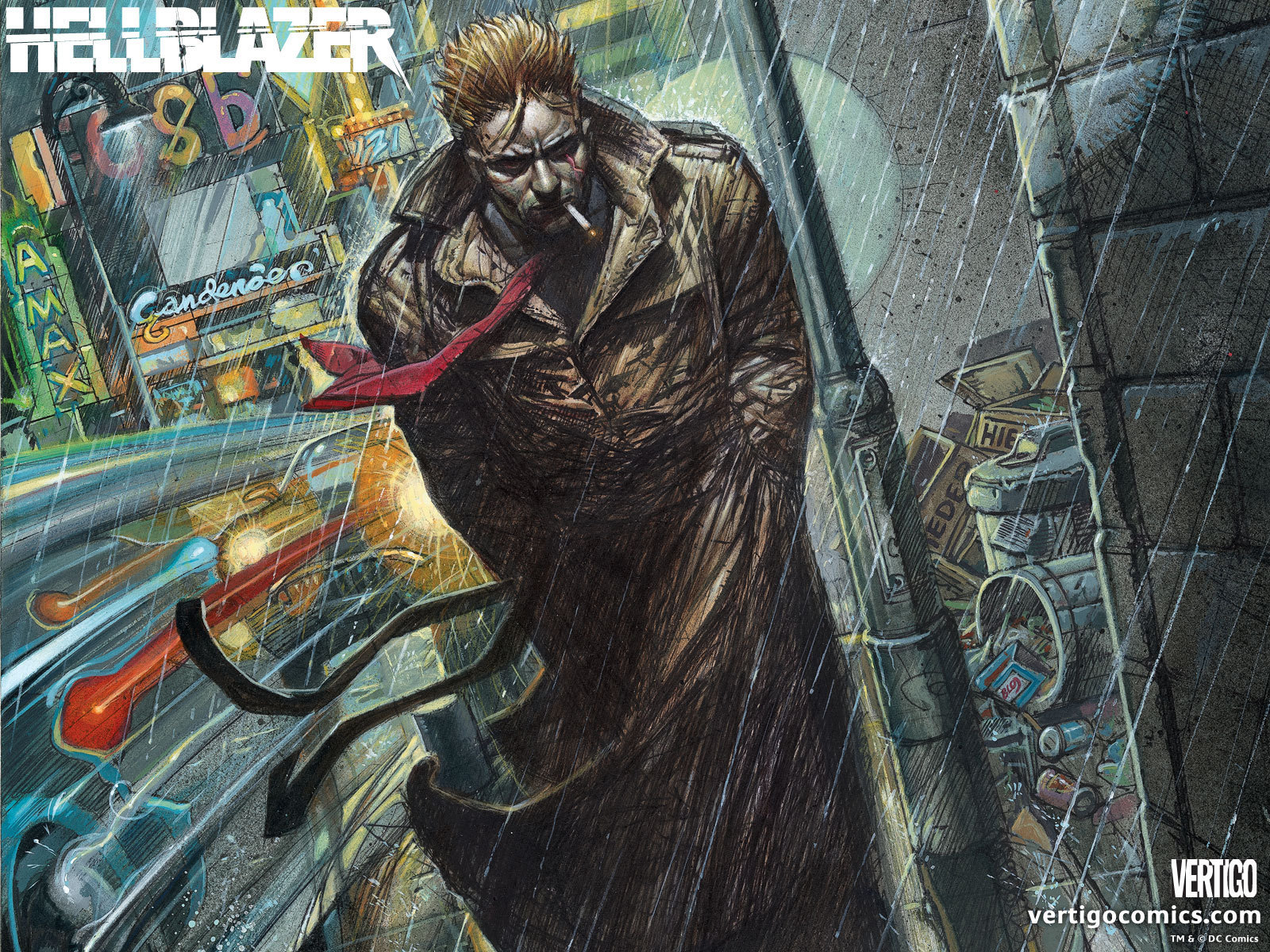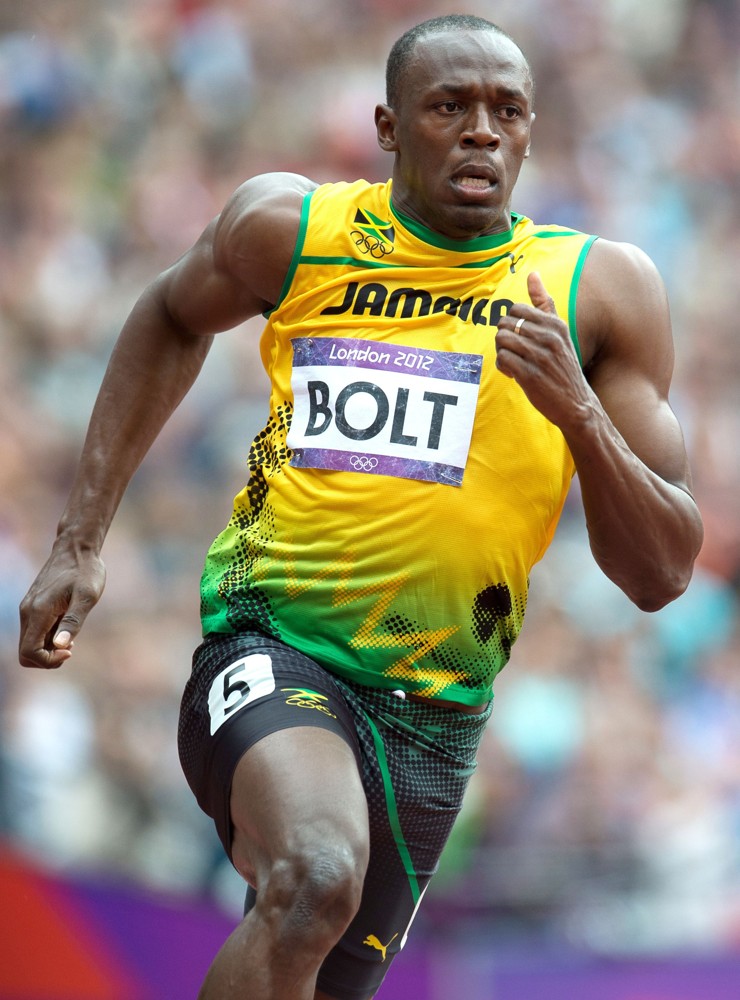It’s been a while since your TV Sluts have talked much
about The Doctor. Having finally finished the latest season of the very long
running show, I naturally have thoughts about it. The most recurrent thoughts
being, “WTF?”
Season 9 is an odd one. For the most part, it felt to me
like slog just to get through. I was, in fact, ready to write off the entire
season until the last three episodes came out of nowhere and got unexpectedly
amazing. At its worst, the season was trying to be too clever for its own good.
At its best, season 9 delivered some cool twists, sent some characters flying,
and delivered what is legitimately one of the best episodes of Doctor Who ever made.
Given the dual nature of the season, I’m here to help you
figure out which episodes you need to watch and which ones you delete off your
DVR queue. Generally, everything I say
will be spoiler-free up until the final three episodes, which are as spoiler-y
as can be. As a note, I’m including the most recent Christmas episode, even
though it’s technically a part of season 10 because the BBC is just weird.
Onward!
 |
| Wibbley wobbly coat-y woat-y |
Episodes 1 & 2:
The Magician’s Apprentice/The Witch’s Familiar
Summary: The
Doctor discovers that he is inadvertently responsible for making one of his own
arch-enemies, Davros, the creator of the Daleks. For two episodes, The Doctor
and Davros speechify at each other about their respective lives and deeds. In
an almost unrelated story, Clara teams up with Missy to get the Doctor and… do
something. It’s never totally clear.
Should you watch
it? Only the scenes with Missy and Clara. Missy is one of the better new
creations to the Doctor Who universe
and the action between the two of them is fast-paced, funny, and exciting. The
Doctor’s scenes drown themselves entirely in the show’s own mythology and need
to be clever.
Episodes 3 &
4: Under the Lake/Before the Flood
Summary: The
Doctor and Clara come to an underwater base and discover an alien space ship
and a whole bunch of dead people who keep coming back as ghosts. The episode
gets incredibly timey-wimey as The Doctor must go back in his own timeline to
just before the two of them arrive in order to save the day.
Should you watch
it? In a word, no. At best, this should have been a single episode.
Stretching it into two is painful. Hardcore fans, who will watch anyway, will
appreciate a few Easter Eggs dropped into the dialogue, but for the rest of it
it’s just a waste.
 |
| Arya Stark is really progressing this season. |
Episodes 5 &
6: The Girl Who Died/The Woman Who Lived
Summary: The
Doctor and Clara attempt to save a pre-historic Viking village from aliens
masquerading as gods. In doing so, they rely on a precocious girl in the
village named Ashildr, played by Maisie Williams (Arya Stark from Game of Thrones). In the process,
Ashildr is granted immortality. In the second half, The Doctor discovers
Ashildr thousands of years later in 1600s London, now completely changed by her
immortality and not necessarily for the better.
Should you watch
it? Oh my, yes. The first episode is really just a set up for the second,
but for completeness of story and for recognizing how awesome Masie Williams is
in this part, it’s well worth it. “The Woman Who Lived” was the first episode this
season that I actually loved. It felt like the best kind of Doctor Who episodes of the past.
Episodes 7 &
8: The Zygon Invasion/The Zygon Inversion
Summary:
Remember the Zygons from the 50th Anniversary episode and their “pretend
to be human and infiltrate Earth” plan? They’re back and up to their old mischief.
The entire episode is largely an excuse to bring back the character Osgood, who
died in last season’s finale. It also tries to make a statement about human
nature, though largely falls flat.
Should you watch
it? No. While the episodes bring back some fan favorite characters, that’s
not enough to give up two hours of your time.
Episode 9: Sleep
No More
Summary: The
lone standalone episode of the season, The Doctor and Clara find themselves on
a space station with a mysterious enemy slowly hunting down and killing the
crew. The show usually tries to do a space-themed horror episode once person
season; this is it.
Should you watch
it? Skip this one. The horror never really materializes and it mostly feels
like a filler episode. Though at least it’s only a one-parter.
As I said at the top, the last three episodes of the
season are all 100% worth watching. They are, in fact, wonderful and are the
ones that reminded me that Doctor Who
isn’t out of ideas and fanciful storytelling just yet. Watch all of these!
WARNING: SPOILERS IN THE NEXT THREE EPISODES!
 |
| Scarfs are cool. |
Episode 10: Face
The Raven
Summary: Clara
attempts to save a friend who has been sentenced to death for a supernatural
murder that he doesn’t remember committing. In the process, she and The Doctor
are reunited with modern-day Ashildr (Maisie Williams again) who has calmed
since her last meeting with The Doctor in the 1600s and is now a protector of
people who have been affected by him. To that end, Ashildr has set up the
entire bogus murder in an attempt to trap The Doctor in an effort to keep him
from harming anyone else. Clara’s self-confidence and attempts to out-clever
everyone backfire and she is killed in front of The Doctor as he is teleported
somewhere else…
 |
| Oof. This episode. I can't you guys... All the feels... |
Episode 11: Heaven
Sent
Summary: The
Doctor arrives in his prison, a large castle somewhere unknown completely
surrounded by an ocean of water and haunted by the memory of not being able to
save Clara. The only other thing in the castle is a silent, shrouded figure
that constantly pursues The Doctor, attempting to kill him. Finally deducing a way out, The Doctor is
caught by the figure, who kills him at the very same time he re-appears exactly
where he began. The Doctor eventually deduces that he is caught in a cycle
whereby he searches for an exit and is killed that has been going on for over
7,000 years and the only way to break free is to continually try to beat it, a
process that lasts for over 4 billion more years. In the end, the Doctor is
freed and finds himself standing on Gallifrey.
Episode 12: Hell
Bent
Summary: The Doctor
declares war on Gallifrey’s High Council and extracts Clara from her own
time-stream moments before her own death in an attempt to save her. When this
doesn’t work, The Doctor takes the TARDIS to the very end of the universe to
see the only other person who will be there: Ashildr, who tells him that he and
Clara cannot be together because they are too catastrophic. The Doctor attempts
to erase Clara’s memories of him but the process backfires and he instead
forgets most of his memories of her. At peace with her death but assured that
it will happen, Clara and Ashildr use a TARDIS of their own to return Clara to
the moment of her death, but not before deciding that they could perhaps “go
the long way around” and vanish off into space and time.
SPOILERS ARE DONE! BACK TO REGULAR PROGRAMMING!
 |
| Goodbye, Sweetie? |
Christmas Episode:
The Husbands of River Song
Summary: Your
favorite (or not) Moffat-era character returns as The Doctor encounters River
Song near the end of her life, just prior to going to The Library. River is
unaware of the 12th Doctor and thus doesn’t recognize him but uses
him to help her pawn a very valuable diamond that she’s married a dictator for
with the plan of swindling him out of it. A madcap adventure ensues, ending with
The Doctor and River’s final night together before she is destined to go to her
death in “Silence in the Library”.
Should you watch
it? Your mileage may vary, depending on how much you like River. As a fan
of her character, it gave me all the closure I have wanted for her story. If
you prefer to think of The Doctor without his wife (it happened; deal with it),
you can likely skip it.
So where does that leave us? Far too many of the episodes
fell victim to Doctor Who writing at
its worst, which is to say needless complexity and cleverness for the sake of
being clever without any of the actual sense of adventure or wonder. Showrunner
Steven Moffat in particular suffers from this from time to time, though he’s
not the only one. This cleverness for cleverness’s sake is evident in the
mandate that rather than have a season-long story arc, every two episodes would
be paired together for two-part story with a neatly hook-y title denoting how
they relate to each other. And while I appreciate that approach as one that
doesn’t make me wait for a big payoff that inevitably won’t be as
earth-shattering as it is promised, it also means that a story that doesn’t
grab you is doubly-long and hard to sit through. Unfortunately, that was the
case for a lot of the stories here.
What serves as a trip-up for this season likely comes
down to the basics. I like the 12th Doctor. I like Clara Oswald. I
like Peter Capaldi. I like Jenna Coleman. I like all these things. What
I apparently don’t like is what happens when they all come together. Clara and
The Doctor have never totally clicked, despite strong performances from two
(actually three) likeable actors. This is incredibly disappointing for me given
how incredibly strong Clara’s introduction was, way back in Season 7’s “The
Asylum of the Daleks”. I could write an entire post about Clara and what made
her work relative to what made her different, but for now I’ll just say that
she became problematic, though her character was delivered some kind of justice
by giving her an ending that is absolutely worthy of what her character should
have been all along.
 |
| Emo sigh. |
All that said, I absolutely loved the poetry and genuine
emotion and fun that last three episodes and the Christmas episode manage. “Heaven
Bent” in particular is notable for storytelling that hits every note it needs
to and does so while packing an emotional wallop. It’s worth noting that entire
episode only contains two speaking parts, The Doctor and one other character
who gets one or two lines at the very end. Likewise, “Hell Bent” gives us a peek at an alternate reality Doctor Who with
Ashildr and Clara going off in their own TARDIS that is stuck looking like a
1950s American diner and that’s a TV show I would watch the hell out of. The
excitement evident in those final episodes save the season from being a
complete misfire.
So, get to watching the good stuff. Ignore the boring
bits. And join the rest of us in waiting to see just who exactly will be the
next companion now that Clara has exited the show. I’m still waiting on them to
bring back Donna, though.
 |
| Or, you know, two chicks with their own TARDIS would be cool too... |

































